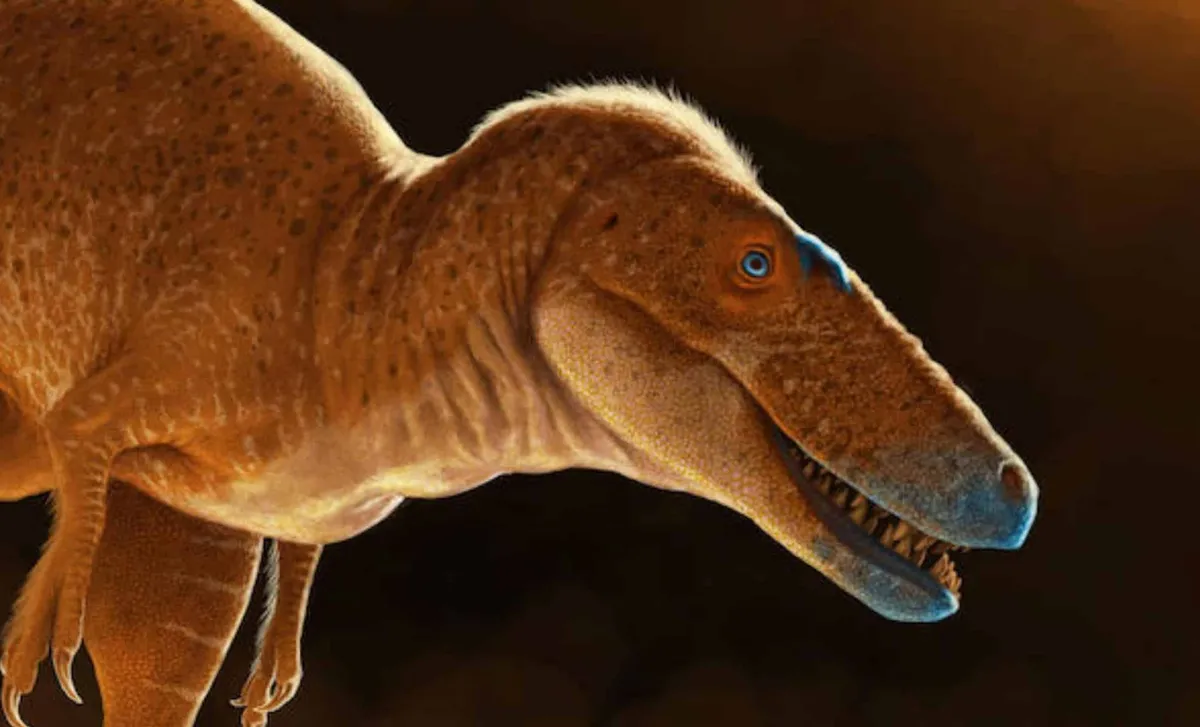
A groundbreaking discovery in the world of paleontology has unveiled a new species of tyrannosaur that could significantly transform our understanding of the evolution of the iconic Tyrannosaurus rex. Paleontologists have introduced Khankhuuluu mongoliensis, a medium-sized predator that roamed the Earth approximately 86 million years ago. This species is often referred to as a “missing link,” as it fills a vital gap in the fossil record and provides essential insights into the evolutionary trajectory from smaller, agile dinosaurs to the massive apex predators we recognize today, such as T. rex.
Named after the legendary “Dragon Prince” of Mongolia, Khankhuuluu mongoliensis offers a captivating glimpse into the world of tyrannosaurs long before they ascended to dominance on the planet. The species was identified based on two partial skeletons that had been preserved in a museum collection since the early 1970s. The discovery was spearheaded by Darla Zelenitsky and Jared Voris from the University of Calgary. The research team explained that the name Khankhuuluu was deliberately chosen to reflect the species’ early, smaller nature, setting it apart from the massive rulers of the dinosaur world, like T. rex. As Zelenitsky pointed out, this species was “a prince, rather than a king like its much larger tyrannosaur descendants.”
In stark contrast to the towering T. rex, which could grow up to 13 meters long and weigh as much as 8.8 tonnes, Khankhuuluu mongoliensis was significantly smaller. Standing approximately 2 meters tall at the hips and measuring around 6 meters from nose to tail, this medium-sized predator weighed about 750 kilograms. Its long, slender legs suggest that it was likely a highly agile hunter. Furthermore, its lightly built skull indicates that it did not possess the bone-crushing bite forces characteristic of its larger, later relatives. As Voris noted, Khankhuuluu represents “a transitional form from some even smaller ‘tyrannosauroid’ ancestors to those giant apex predator tyrannosaurs.”
The discovery of Khankhuuluu mongoliensis adds a new layer of complexity to our understanding of tyrannosaur evolution. The fossil record has historically been sparse concerning species of intermediate size, especially those that could serve as connections between the small, early ancestors and the towering predators that followed. Khankhuuluu helps bridge that gap, as it lived about 20 million years before Tyrannosaurus rex, offering a crucial link between ancient, smaller species like Suskityrannus and Moros intrepidus, and the later giants.
While it is commonly believed that these dinosaurs evolved from tiny ancestors into colossal predators, the reality is far more intricate. For millions of years, tyrannosaurs diversified across continents. Species such as Tarbosaurus and Qianzhousaurus thrived in Asia, while their larger relatives eventually migrated to North America, where T. rex would emerge as the dominant apex predator. This back-and-forth journey between continents over millions of years is crucial to understanding why T. rex shares a closer relationship with Tarbosaurus than with other North American tyrannosaurs like Daspletosaurus.